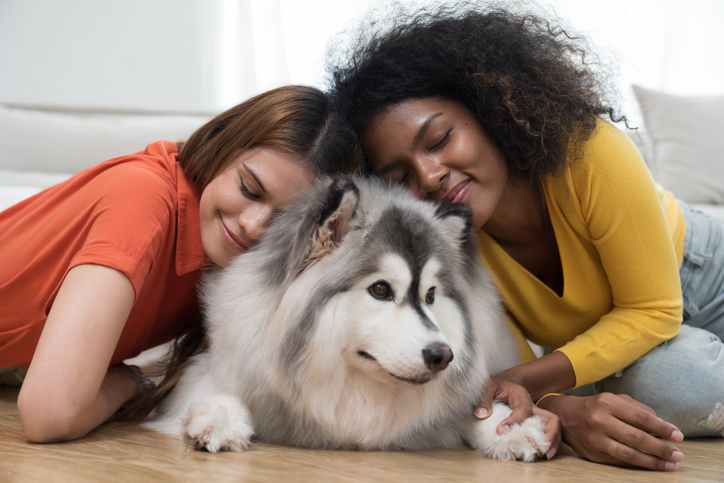Grooming your dog is not just about keeping them clean it is an essential part of maintaining their health and happiness. Whether your dog has short hair or long hair, finding the right brush is crucial to ensure their coat stays in top condition. Different coat types require different grooming tools to effectively remove loose fur, prevent mats, and distribute natural oils.
Short Hair Breeds:
Breeds like Beagles, Dalmatians, and Boxers typically have short coats that are easy to manage but still require regular grooming to keep shedding under control. For short-haired dogs, a rubber grooming mitt or a bristle brush works well. Rubber mitts are gentle and effectively remove loose hair and dirt, making them suitable for sensitive skin. Bristle brushes with soft to medium bristles help distribute natural oils through the coat and give it a healthy shine. These brushes also stimulate the skin and promote circulation.
Medium-Length Hair Breeds:
Breeds with medium-length hair, such as Cocker Spaniels, Bulldogs, and Border Collies, benefit from brushes that can reach through the outer coat to remove loose hair and prevent mats. The best dog brushes are ideal for this purpose as it gently detangles and removes debris without irritating the skin. Look for one with fine, densely packed bristles to effectively reach through the dense fur of medium-haired breeds.

Long Hair Breeds:
Breeds like Afghan Hounds, Yorkshire Terriers, and Maltese have long, flowing coats that require regular and thorough grooming to prevent mats and tangles. A combination of a slicker brush and a wide-toothed comb is essential for maintaining these coats. Start with the slicker brush to remove loose hair and gently detangle the fur. Follow up with a wide-toothed comb to further detangle and smooth out the coat, paying extra attention to areas prone to matting such as behind the ears and under the legs.
Double-Coated Breeds:
Breeds with double coats, like Huskies, Golden Retrievers, and Australian Shepherds, have a dense undercoat beneath a longer outer coat. These breeds require special attention during shedding seasons to prevent excessive fur from accumulating. A combination of an undercoat rake and a shedding blade is effective for managing double coats. The undercoat rake helps remove loose fur from the undercoat, while the shedding blade can be used to gently remove excess fur from the outer coat.
Specialty Brushes:
In addition to these basic brushes, there are specialty brushes designed for specific grooming needs. For example, de-shedding tools are designed to reduce shedding by up to 90% and are particularly useful for breeds that shed heavily. Dematting tools can help safely remove mats and tangles without pulling or causing discomfort to your dog. Always choose brushes and tools that are suitable for your dog’s specific coat type and condition.
Regardless of your dog’s coat type, it is important to establish a regular grooming routine. Brushing not only keeps your dog looking neat and tidy but also promotes healthier skin and reduces the risk of skin problems. Finding the perfect dog brush for your pet’s coat length and type is essential for their overall well-being. By choosing the right tools and establishing a regular grooming routine, you can ensure that your dog’s coat remains healthy, shiny, and free from mats and tangles.
